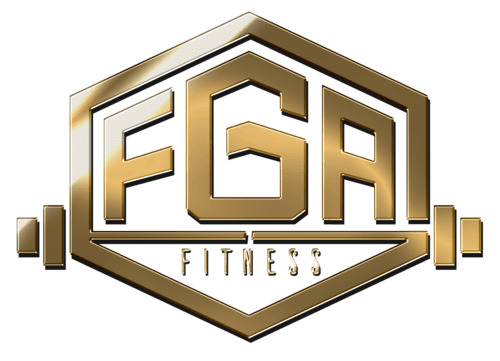
Muscle Relaxation: Effective Techniques to Relieve Stress and Improve Your Performance
Share
Muscle relaxation is a fundamental practice both in sports and in everyday life, to maintain balance and prevent or combat stress and anxiety. Understanding what muscle relaxation is and knowing various techniques to achieve it can help improve our general well-being.
From a technical point of view, muscle relaxation occurs when a muscle stops contracting and its fibers return to their original state after the nerve impulse ceases. Relaxation is the opposite of tension, which not only affects the muscles, but also our mind. Mental stress arises when our body prepares to face a challenge, generating a state of alert.
Therefore, muscle relaxation involves releasing both physical and mental tension, promoting a feeling of complete comfort.
Implementing muscle relaxation techniques offers multiple benefits. It helps improve rest and promotes sleep, promotes recovery after fatigue, prevents stress, and reduces both blood pressure and emotional tension. In addition, it generates a feeling of well-being and can improve self-esteem.
In everyday life, muscle relaxation improves concentration and the ability to retain information, thus benefiting memory. These benefits are especially valued in the context of mental health and the prevention of neurodegenerative diseases.
Muscle Relaxation Techniques
- Progressive Muscle Relaxation: Developed by Edmund Jacobson in 1938, this technique focuses on tensing and relaxing different muscle groups. Initially, it featured over 60 exercises, but has now been simplified for easy everyday use. It involves specific phases, such as tensing and relaxing connected muscle groups, performing a body scan to ensure relaxation of all muscles, and immersing yourself in a calm state of mind through visualization.
- Autogenic Relaxation: This technique relies on mental imagery and body awareness to reduce stress. It involves mentally recreating a peaceful environment, focusing on that place, and practicing controlled breathing, which lowers the heart rate and promotes relaxation.
- Visualization: Visualization involves mentally recreating scenarios that involve all of the senses. For example, imagine a walk along a river, smelling the grass, the sound of the water, and the movement of the wind in your hair. This technique helps to drive away intrusive thoughts and focus the mind on a calm state.
- Deep Breathing: This is a simple and effective technique to begin relaxation. It consists of sitting in a comfortable place, placing one hand on the chest and the other on the belly, and breathing slowly and deeply. Concentrating on the movement of the hands while breathing helps induce a state of relaxation.
- Massages: Massages, whether performed by professionals or through self-massage, help release tensions accumulated in the body. They consist of rhythmically pressing, rubbing and tapping the areas of the body that need relaxation, varying the friction and rubbing to achieve muscle relief.
- Meditation: Meditation trains the mind to induce a specific state of consciousness, releasing tension, stress or fear. It is a practice associated with religion and spirituality, but can be adopted by anyone to achieve relaxation.
- Tai Chi: Tai Chi, known as meditation in movement, is a Chinese martial art that improves flexibility and reduces stress through slow, controlled movements synchronized with breathing.
- Yoga: Yoga combines body postures (asanas), controlled breathing and meditation to unite body, mind and spirit. Practicing yoga regularly not only helps manage stress, but also prevents it and improves overall well-being.
- Biofeedback: This technique uses devices such as electrical sensors to provide information about bodily functions such as heart rate, helping you learn to control them under the supervision of a specialist.
- Music Therapy and Art Therapy: These therapies use the creative process to explore thoughts and emotions, facilitating communication and expression to meet physical, emotional and cognitive needs.
- Aromatherapy: Aromatherapy uses essential oils and aromatic plants to connect with instinct, mood and emotions through the sense of smell, promoting relaxation.
- Hydrotherapy: Hydrotherapy uses water for therapeutic purposes to treat various conditions, being an ancient technique used in spas to promote health and well-being.

